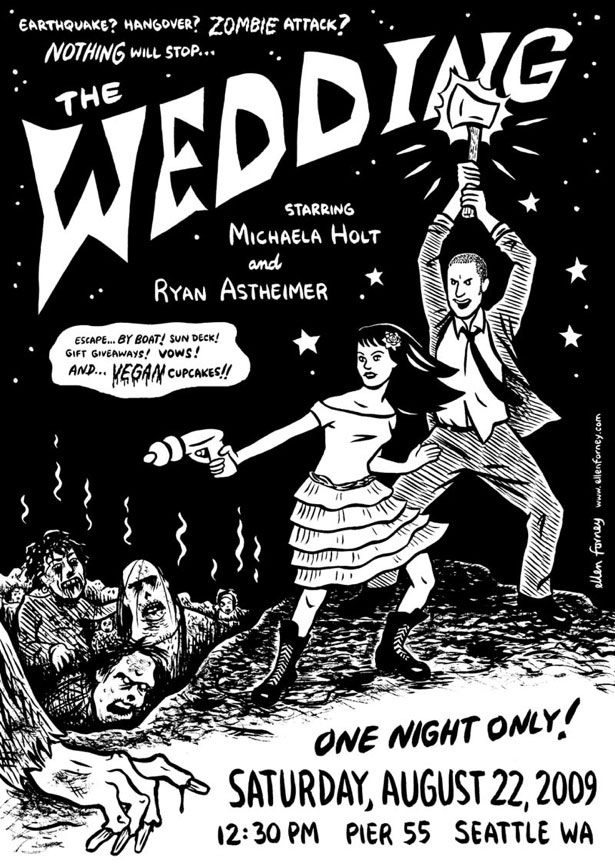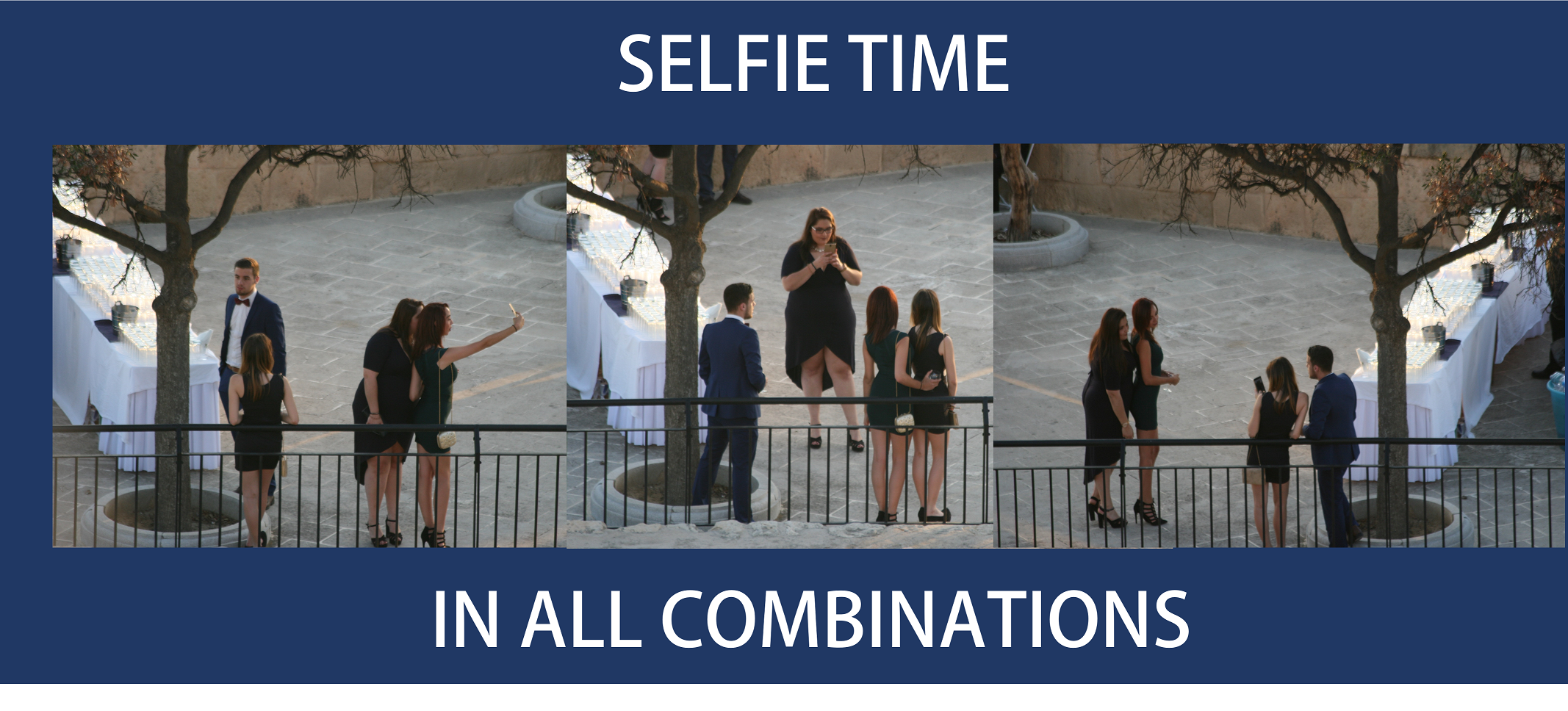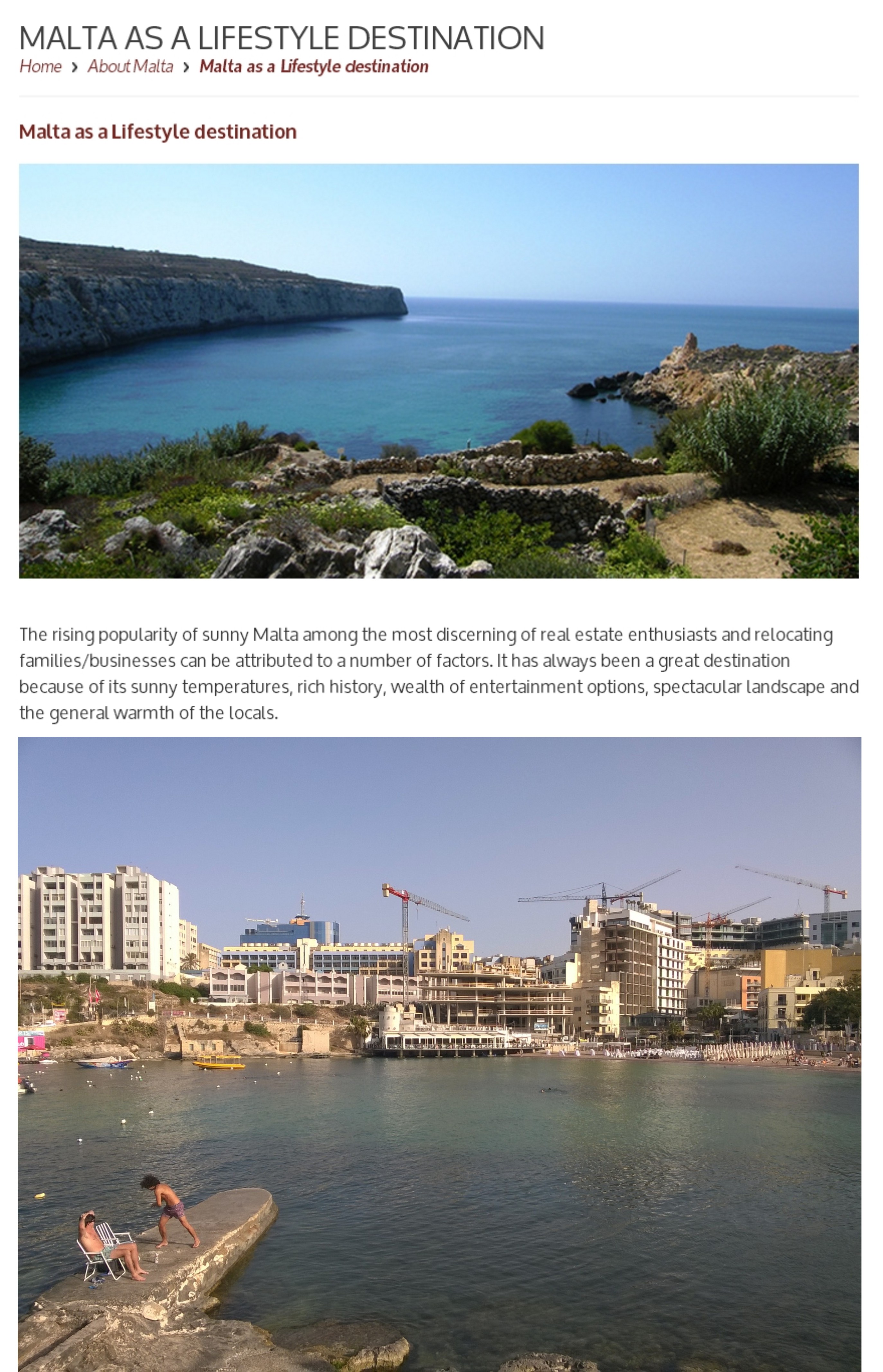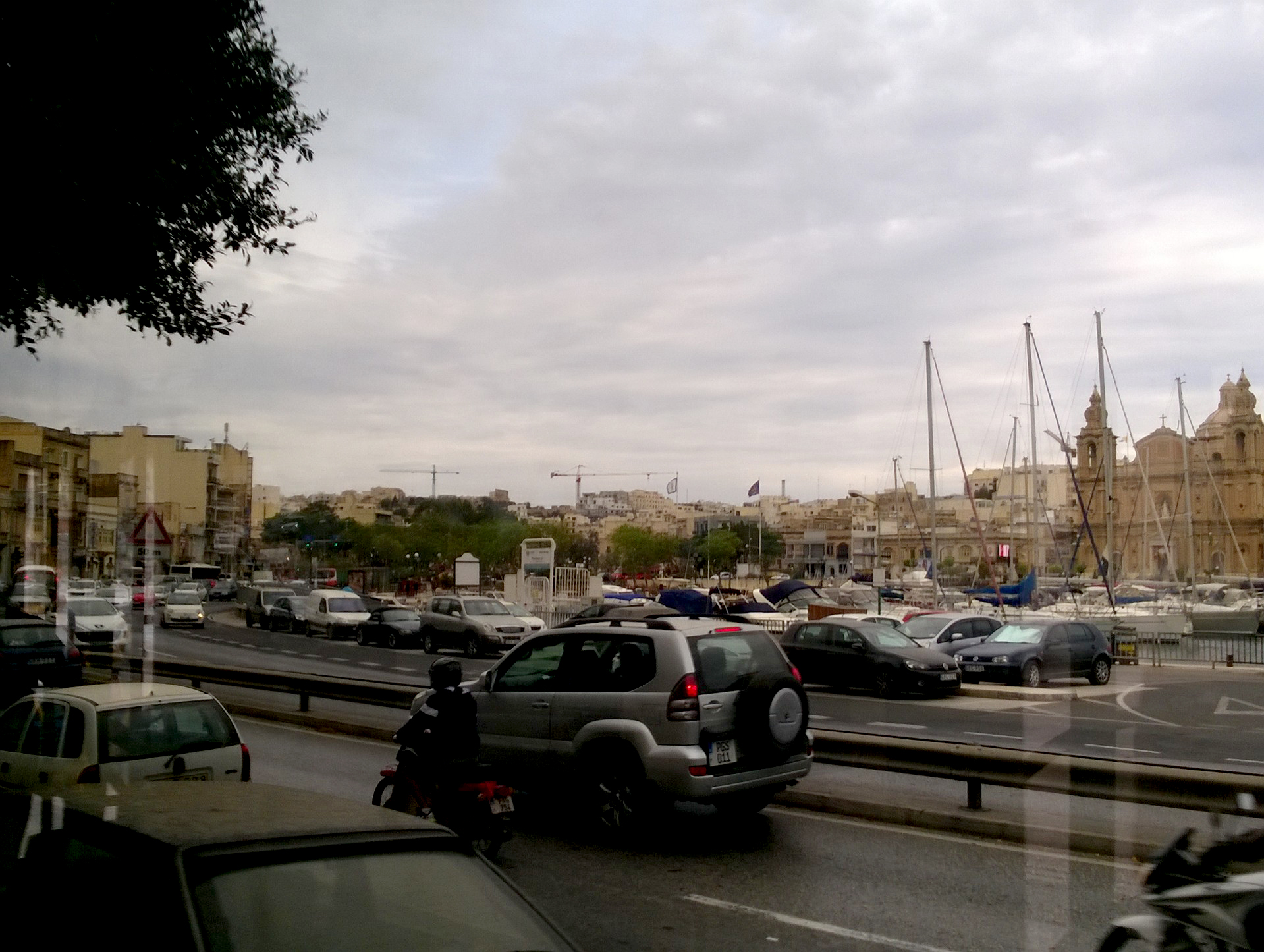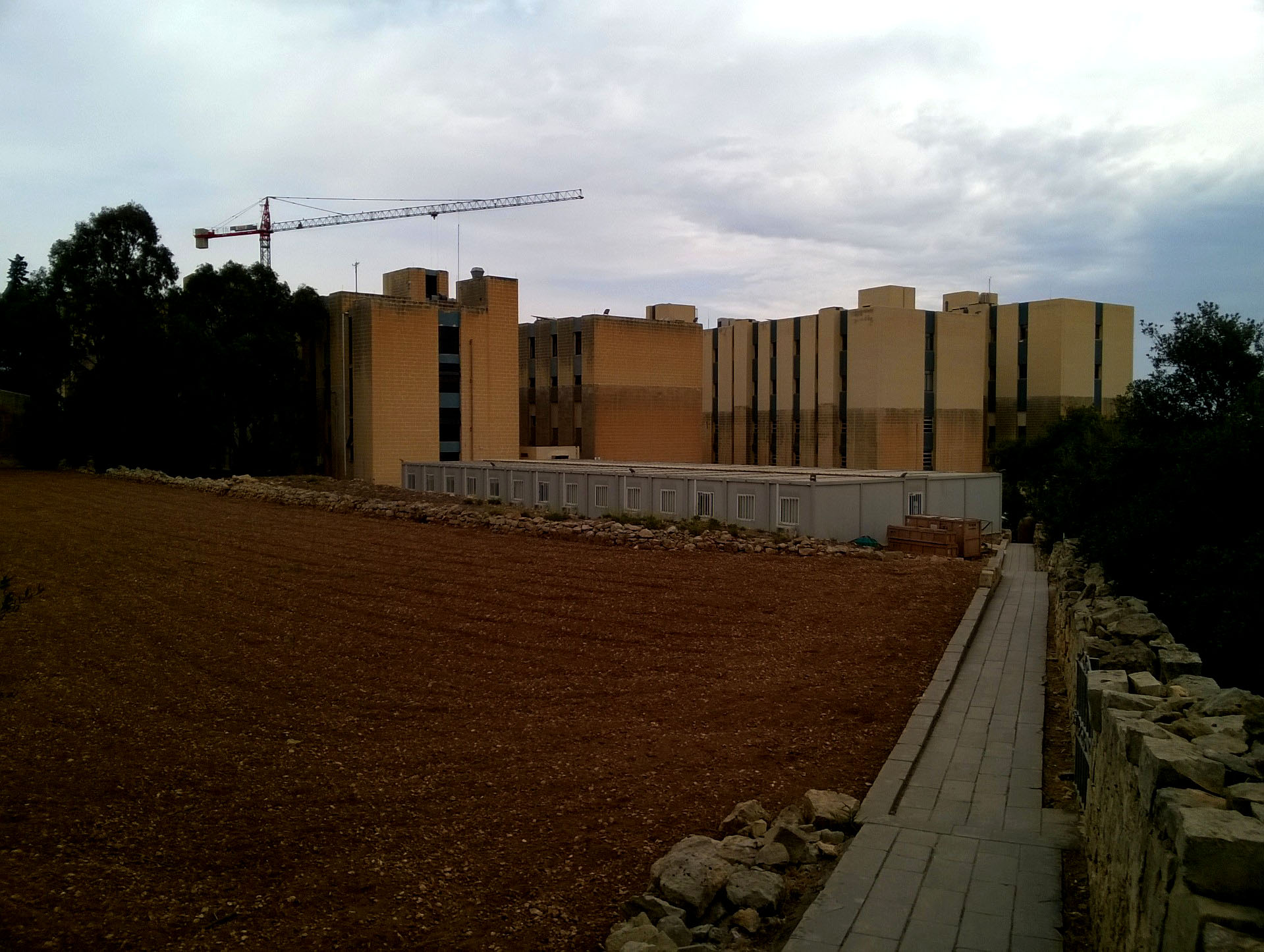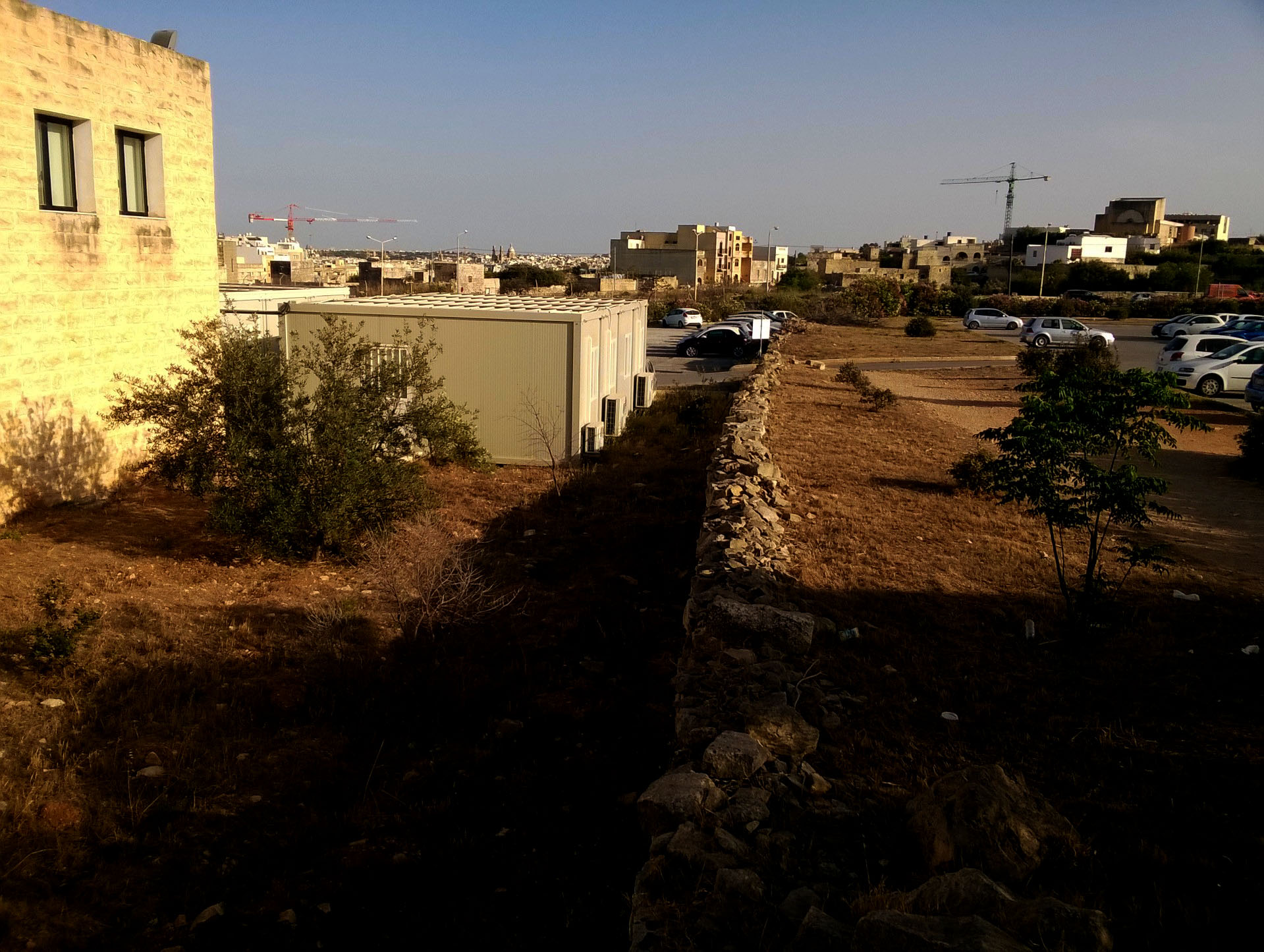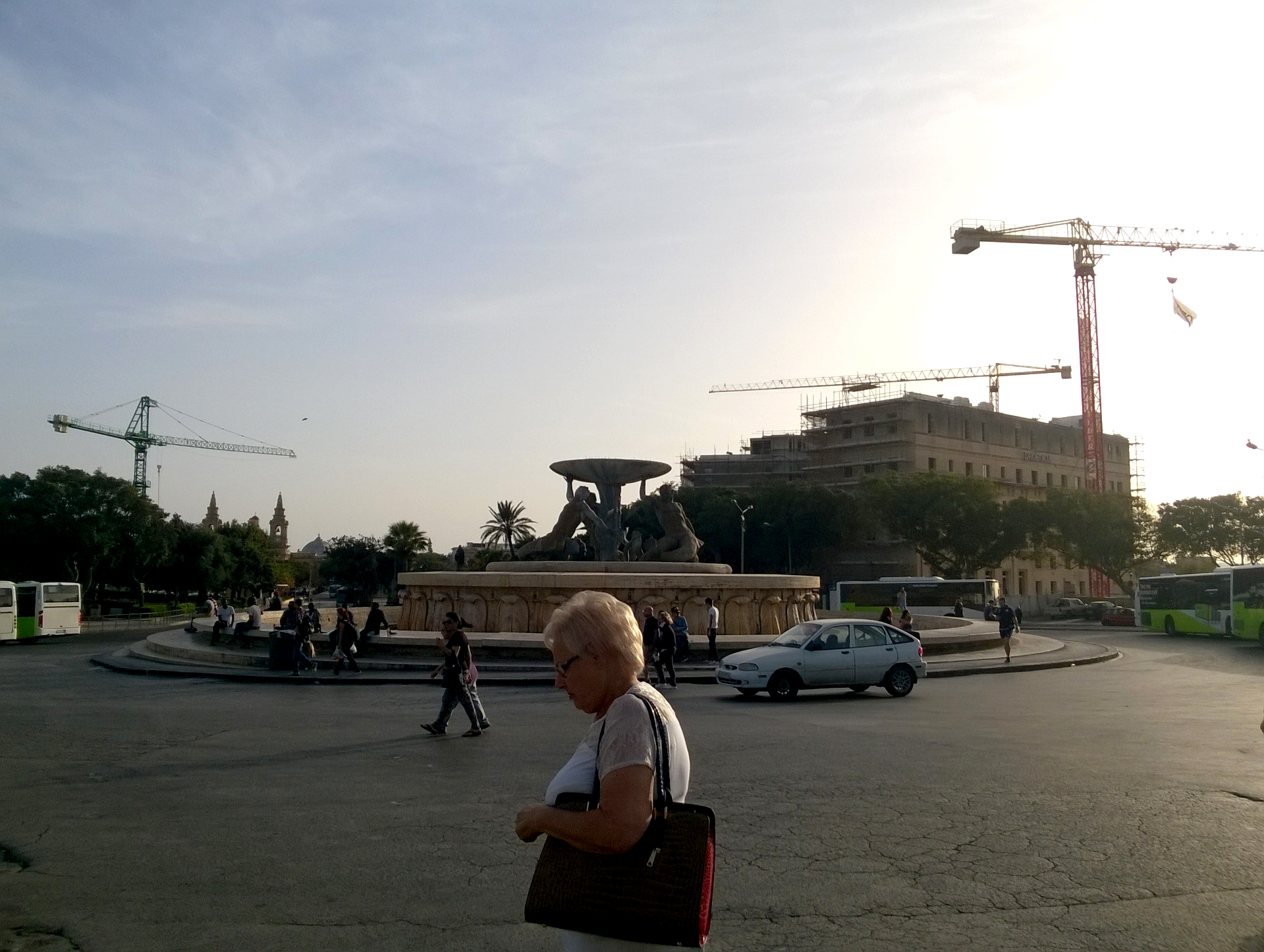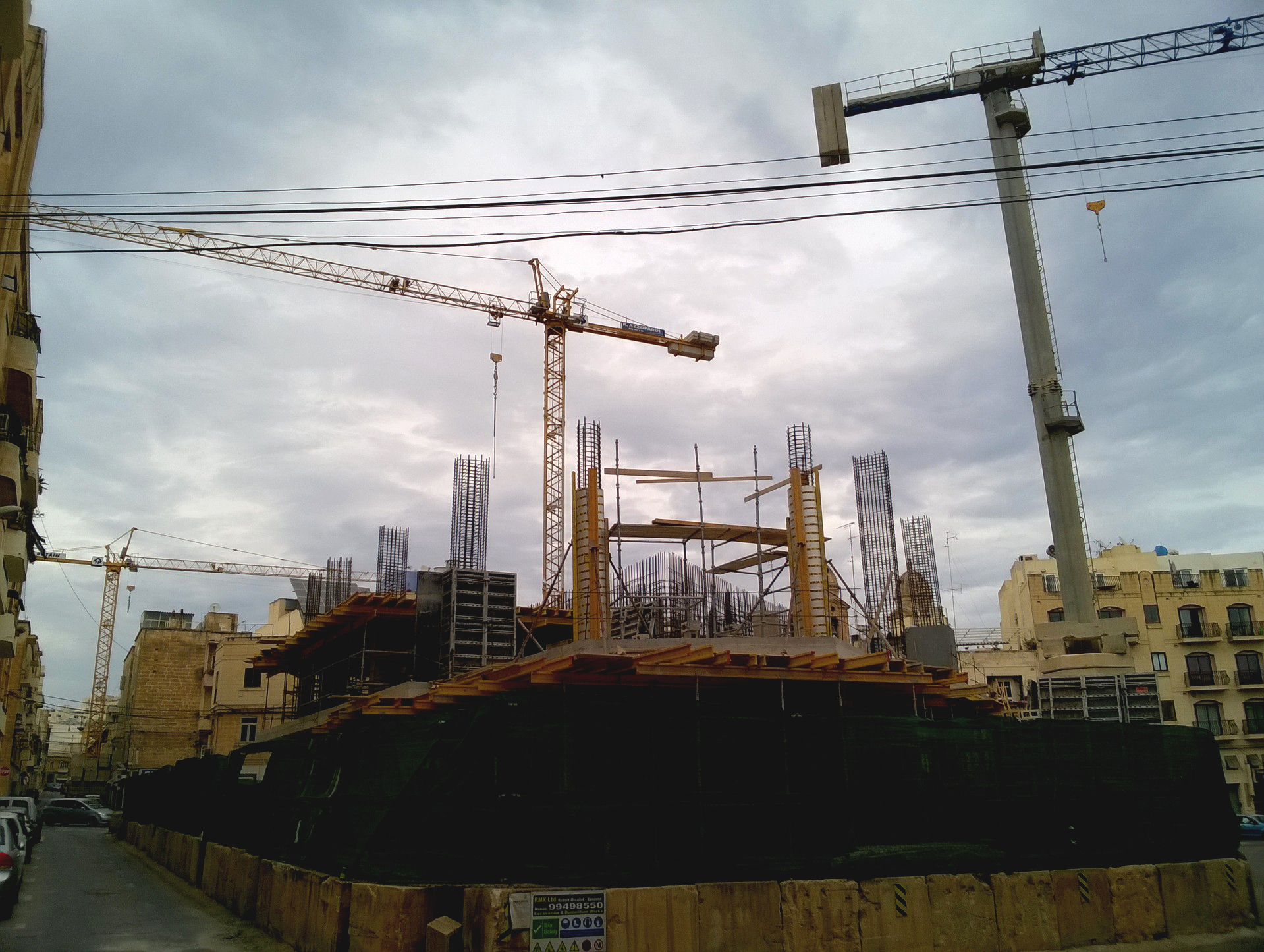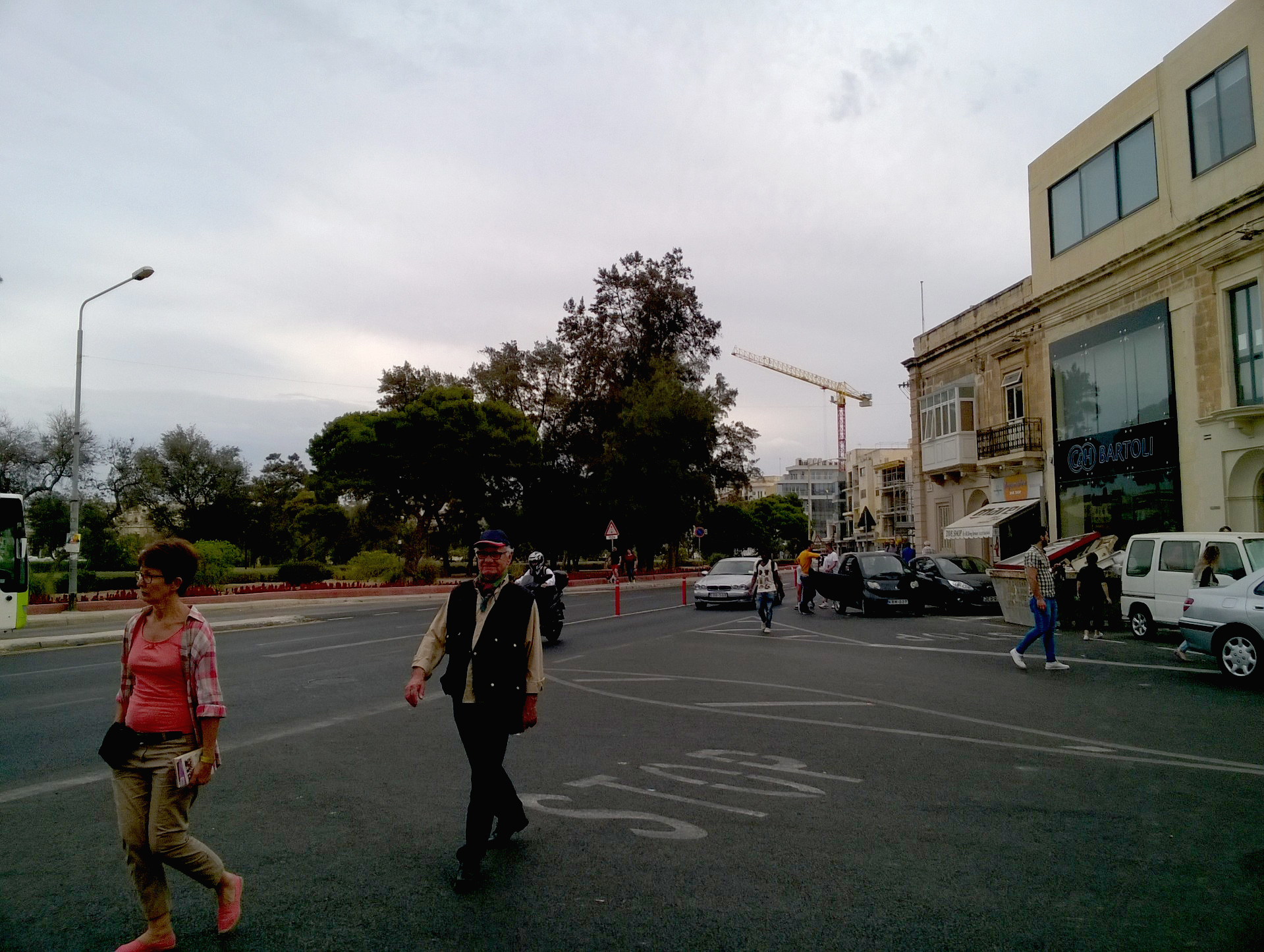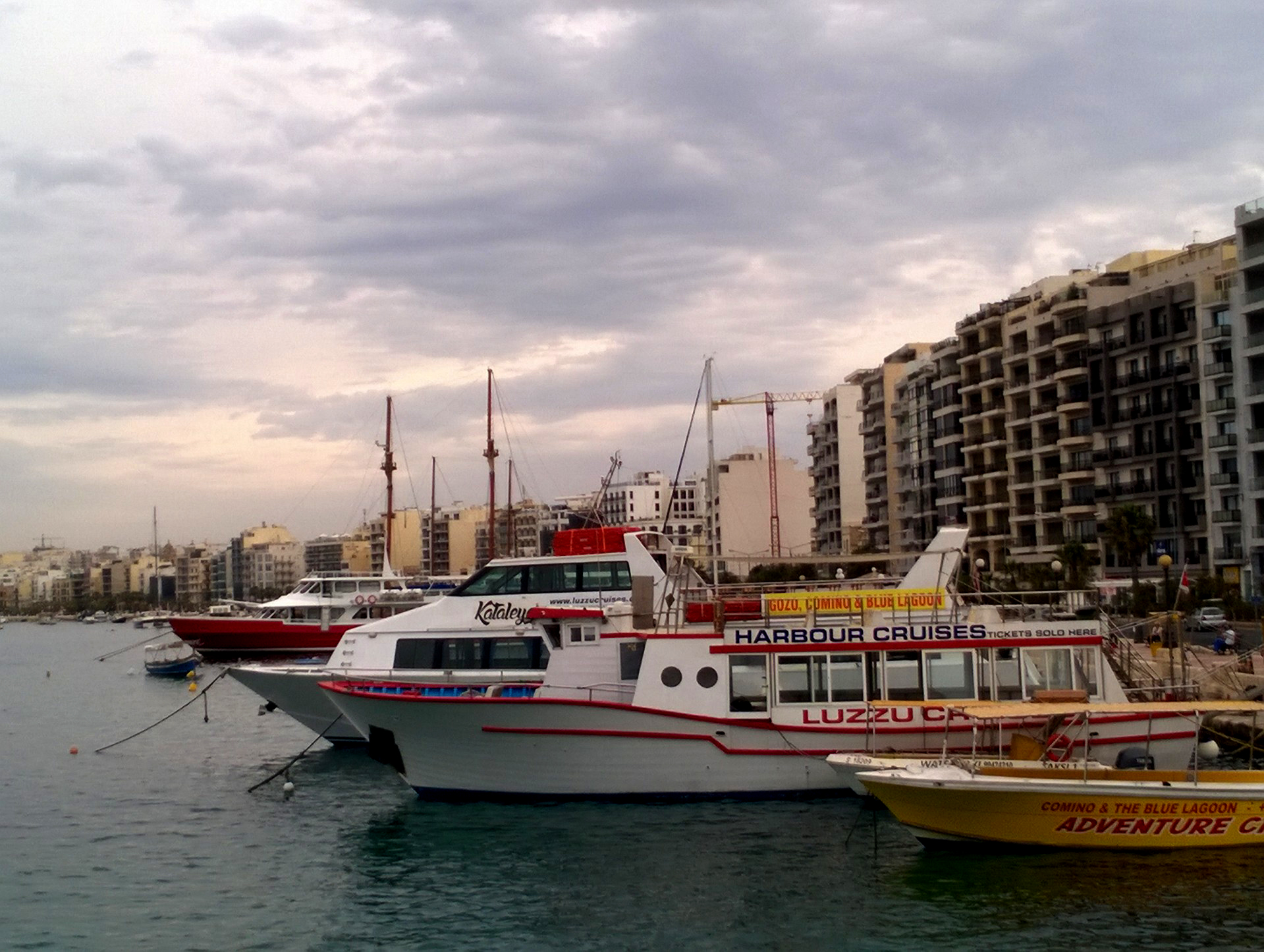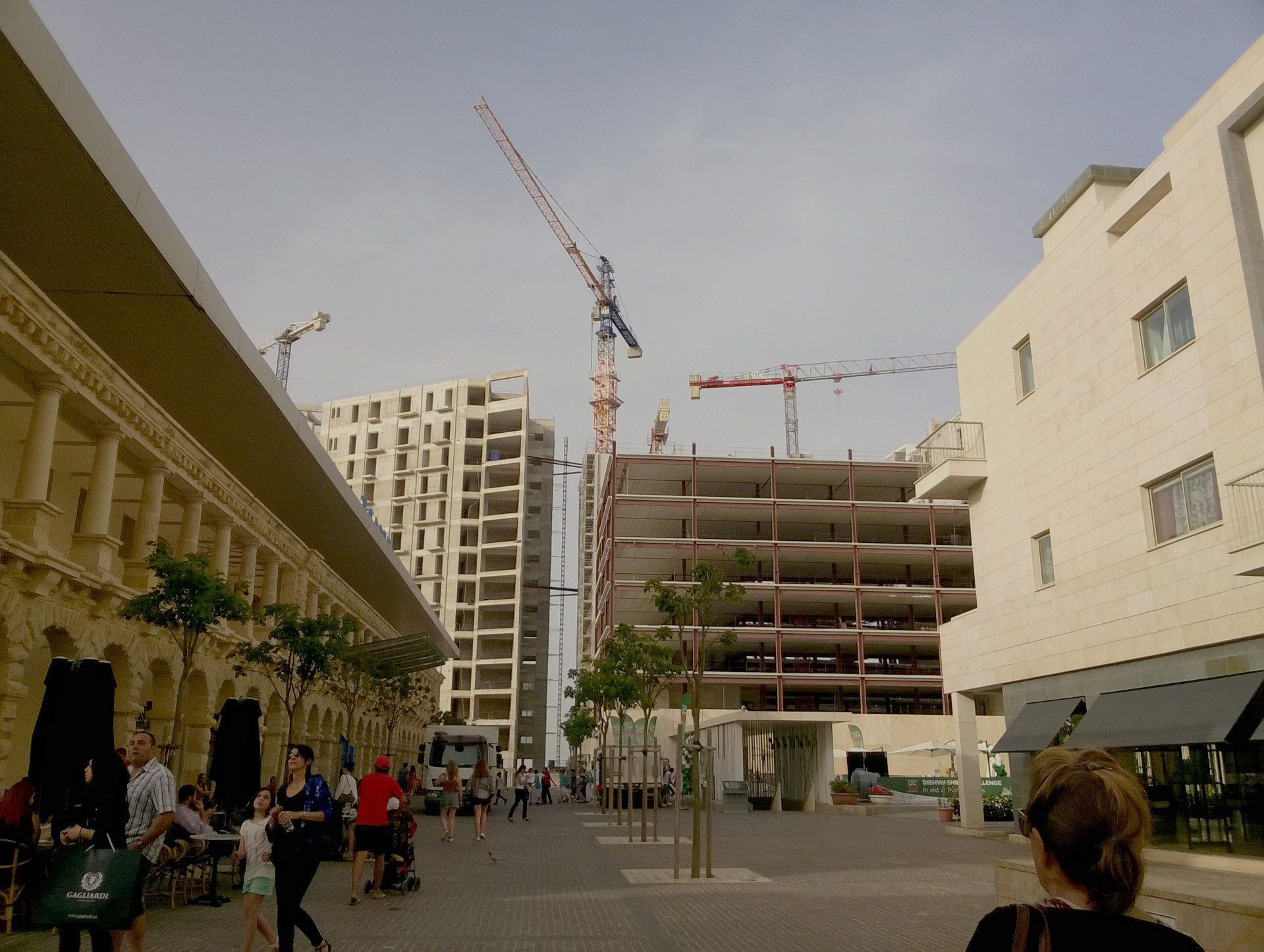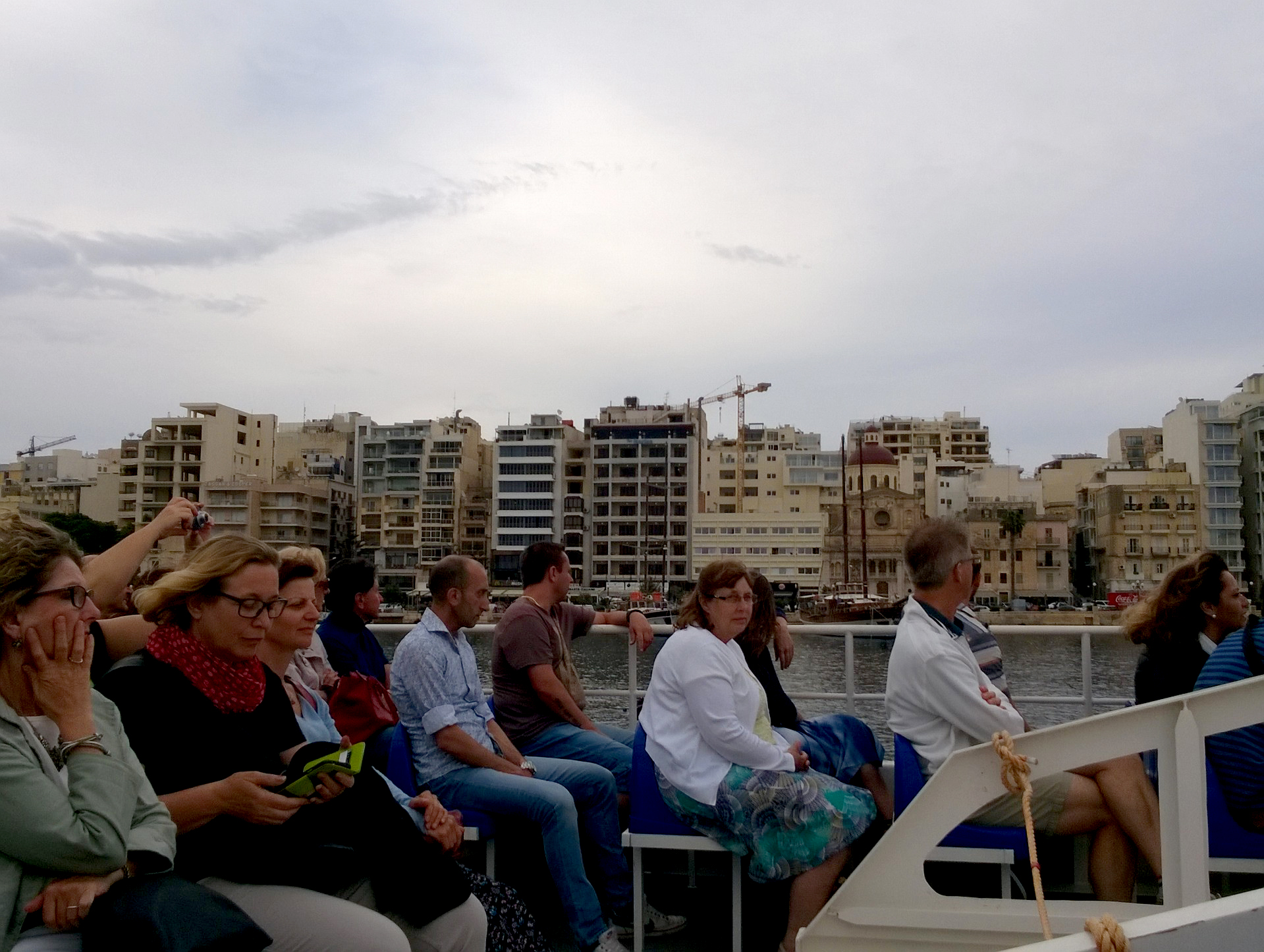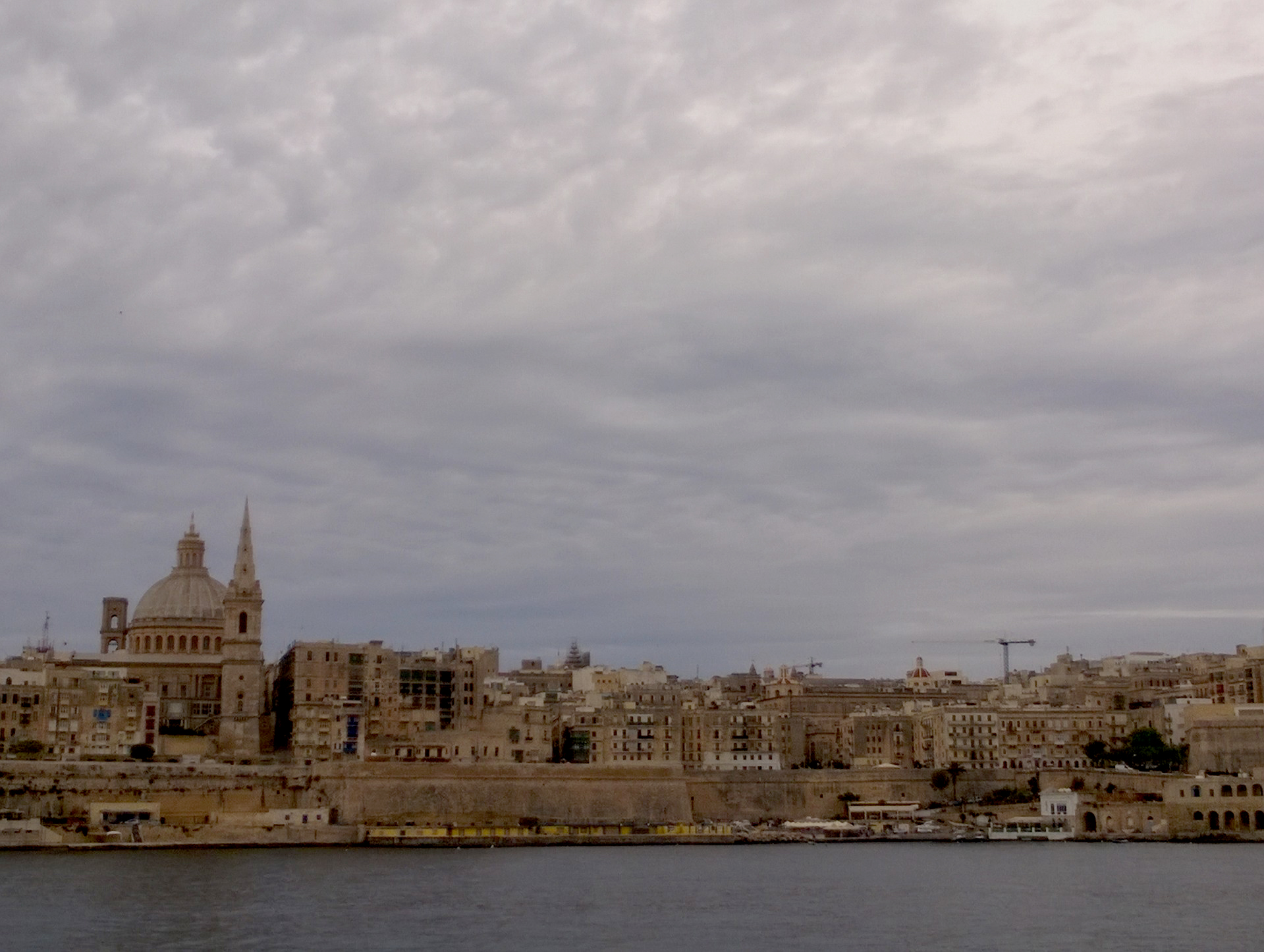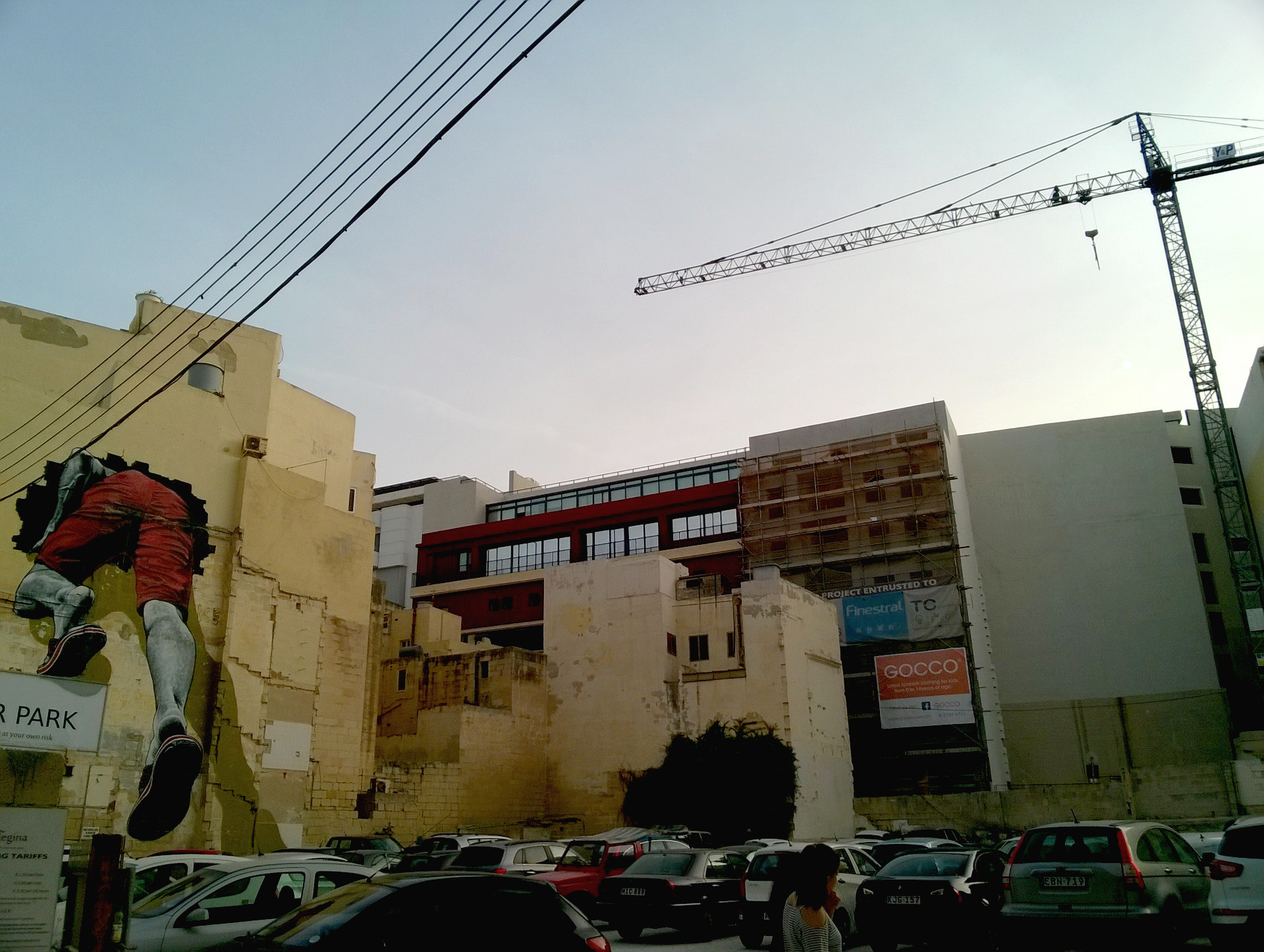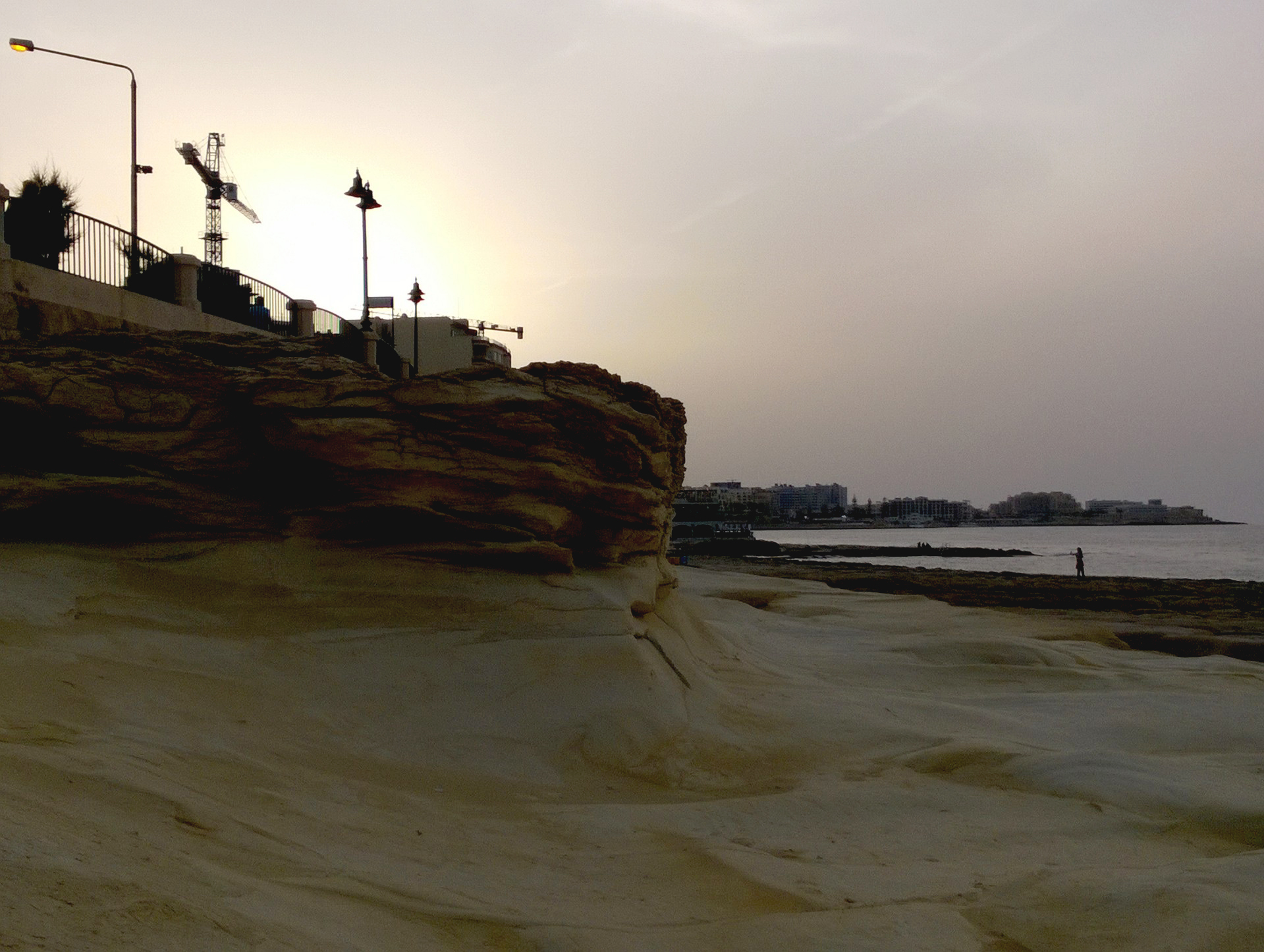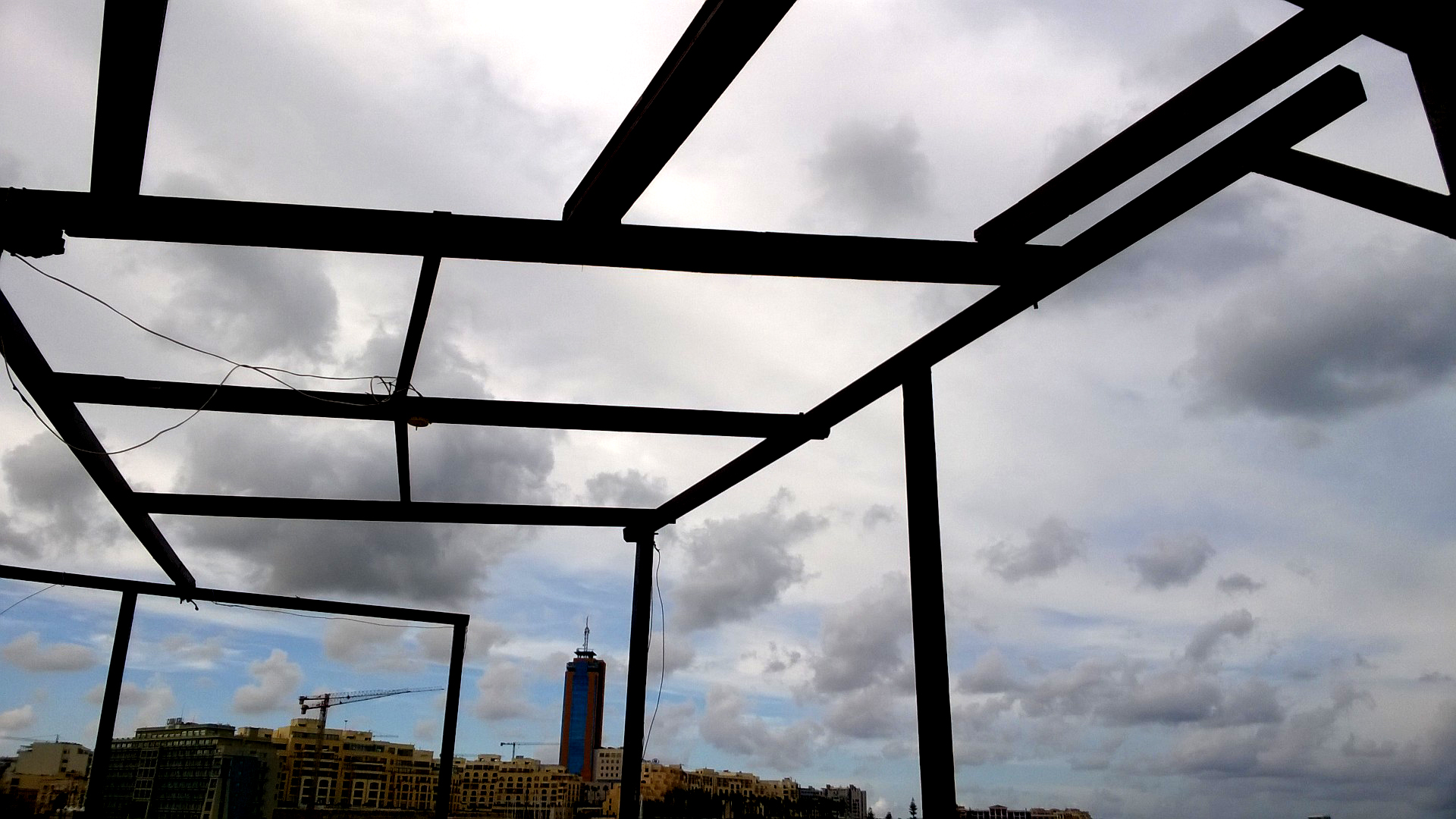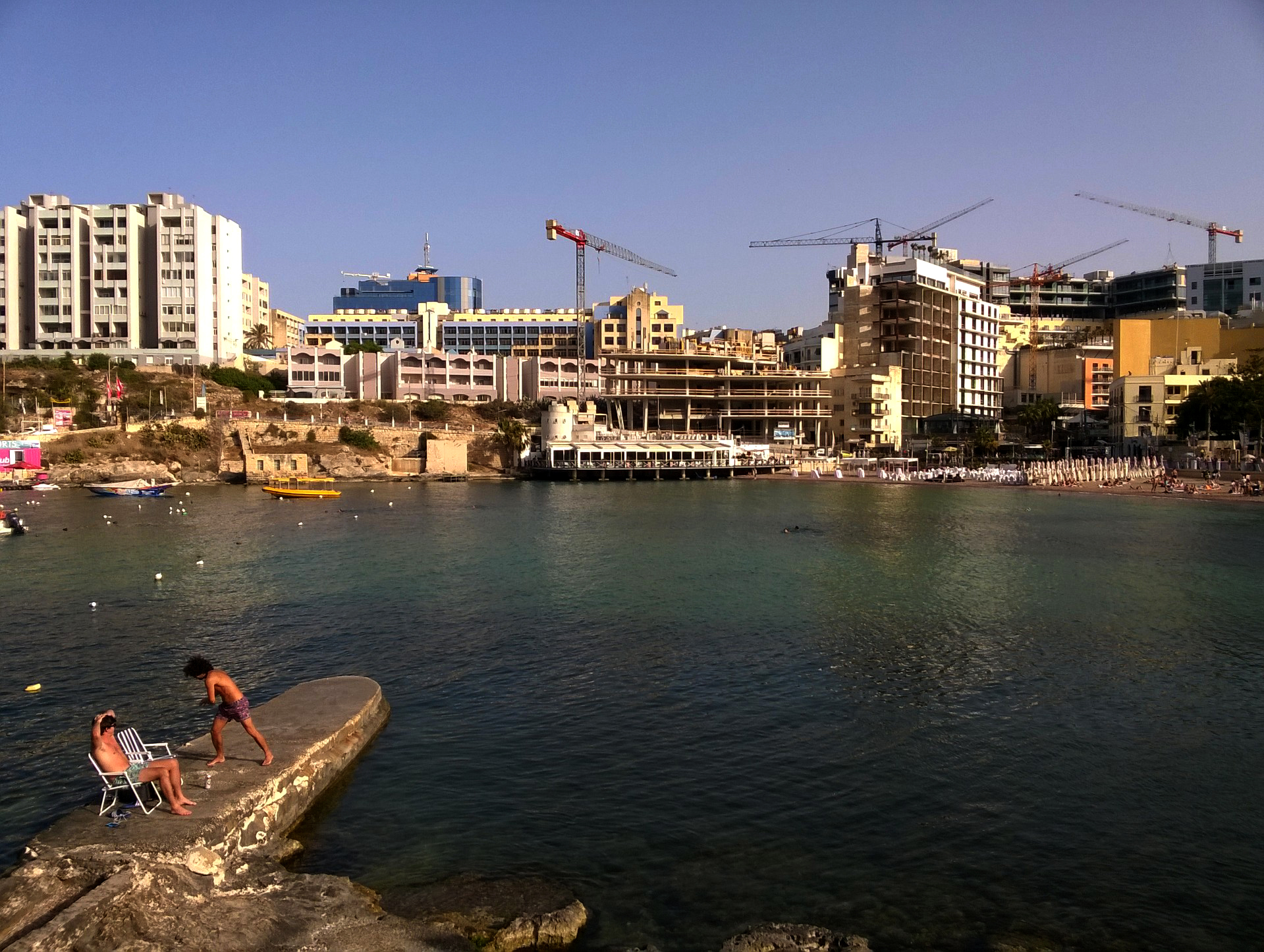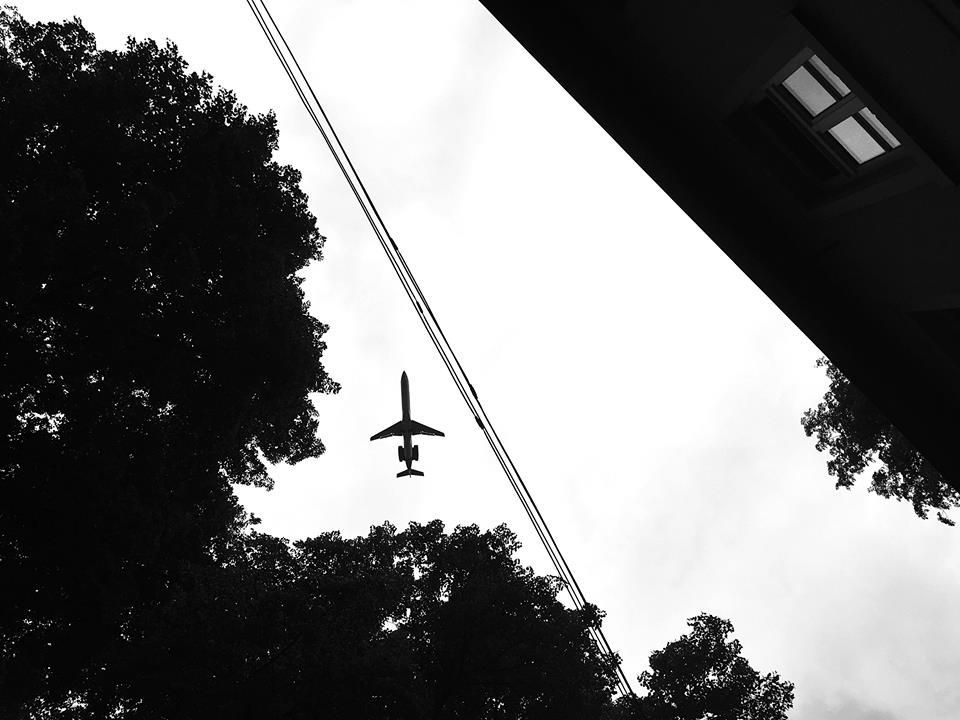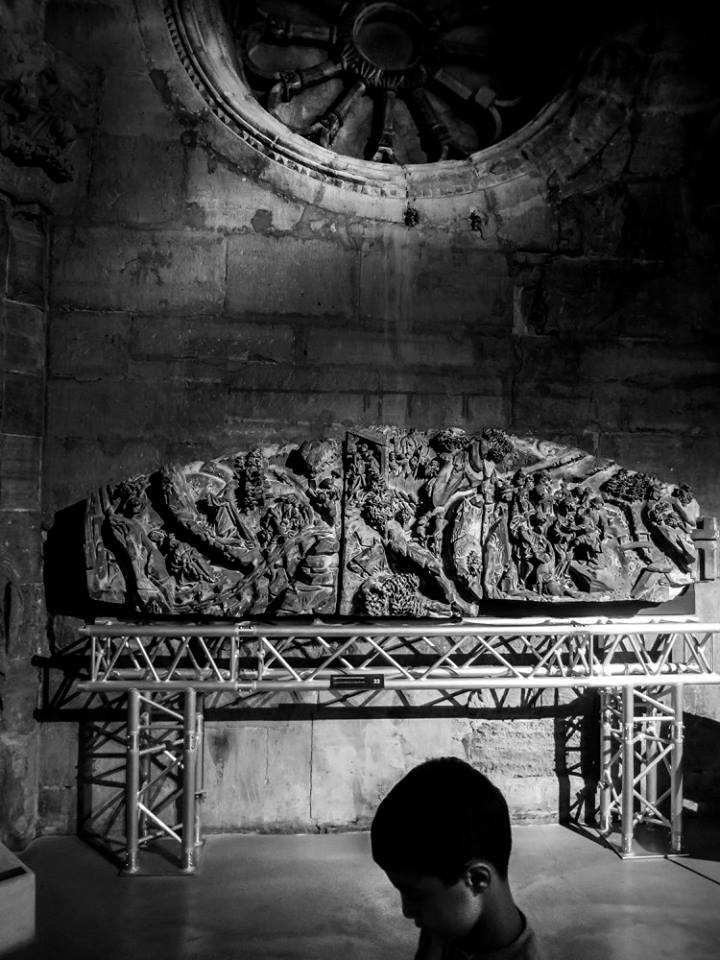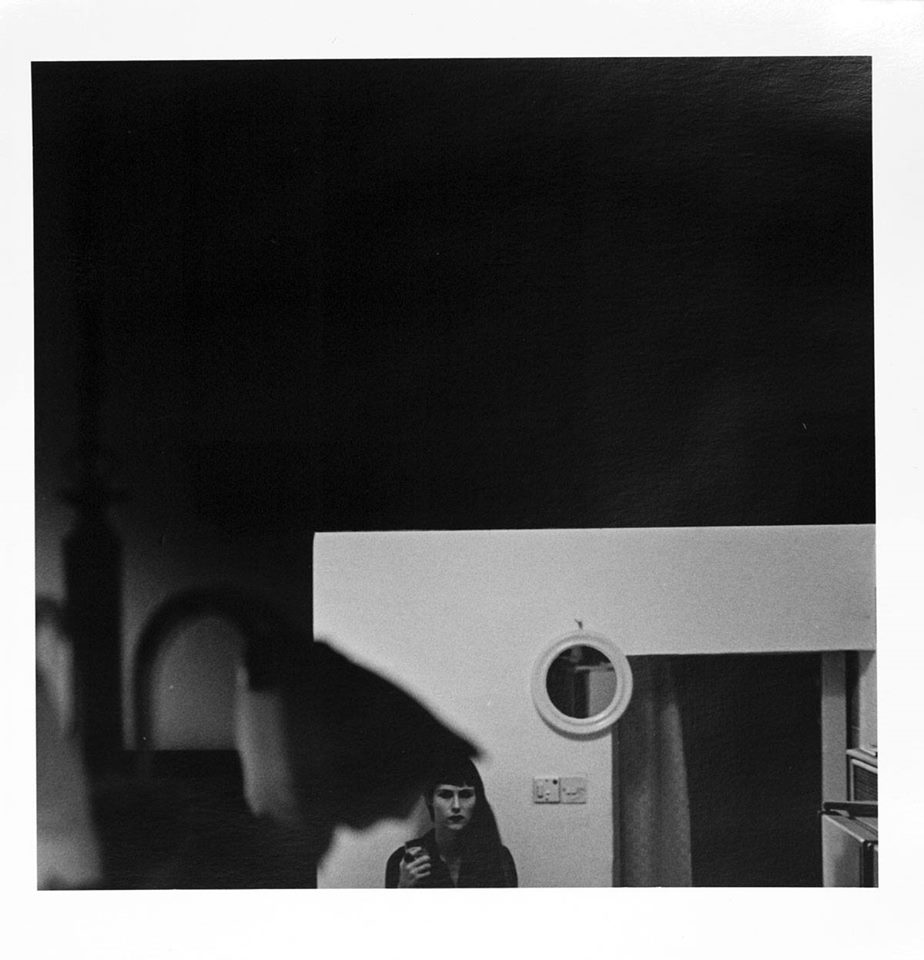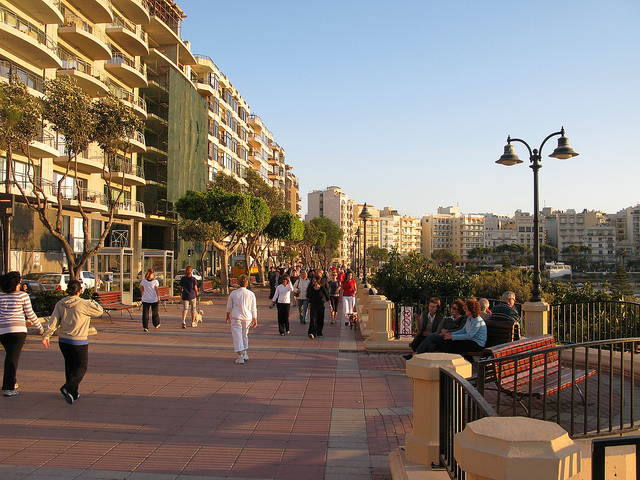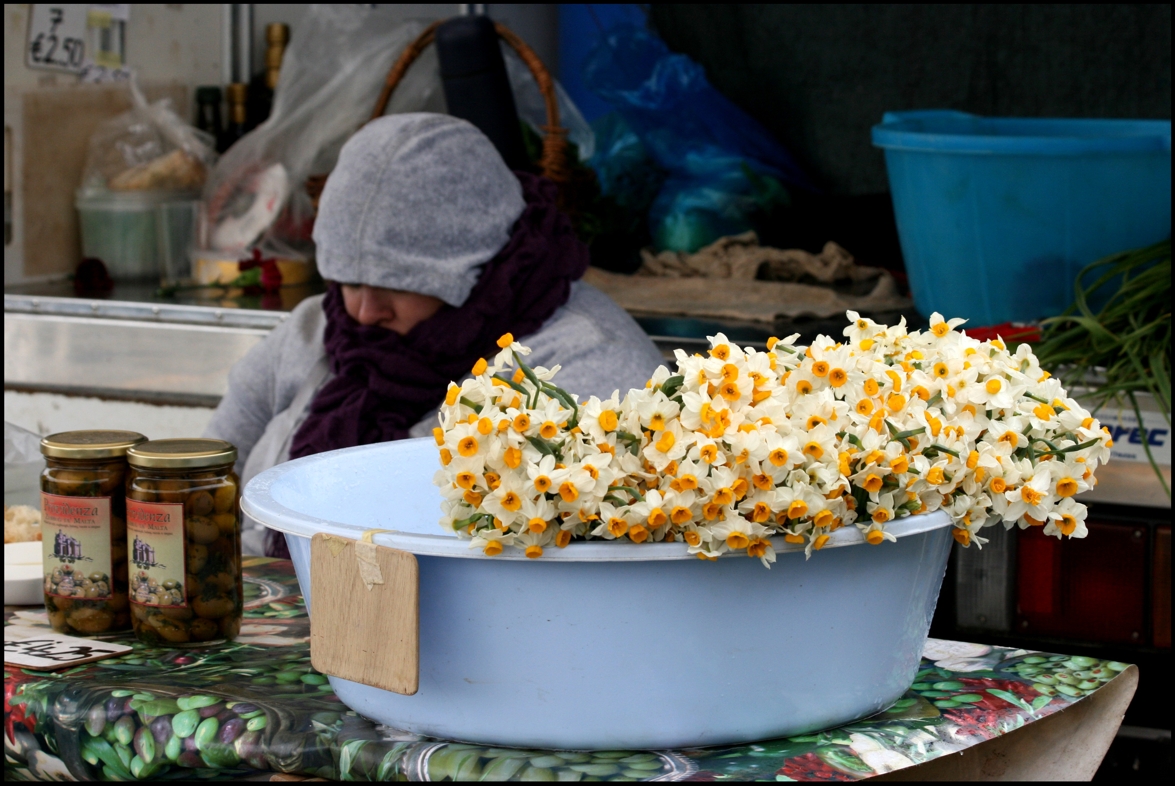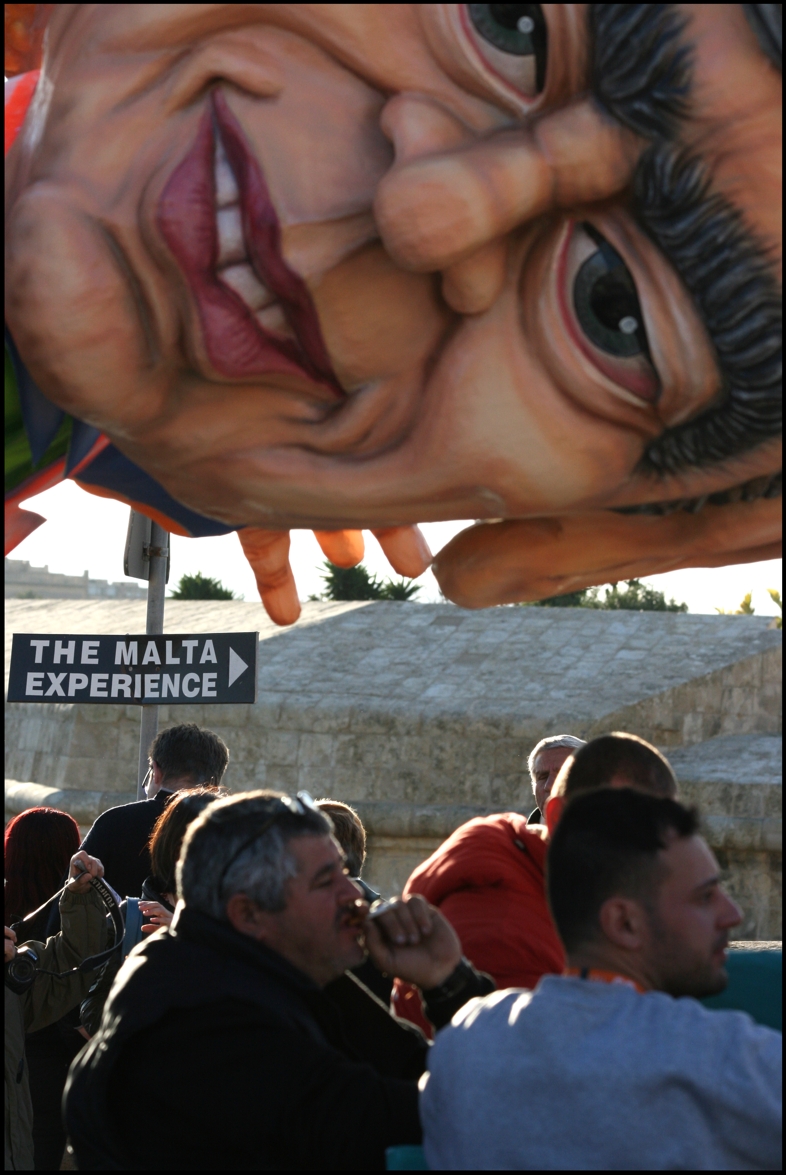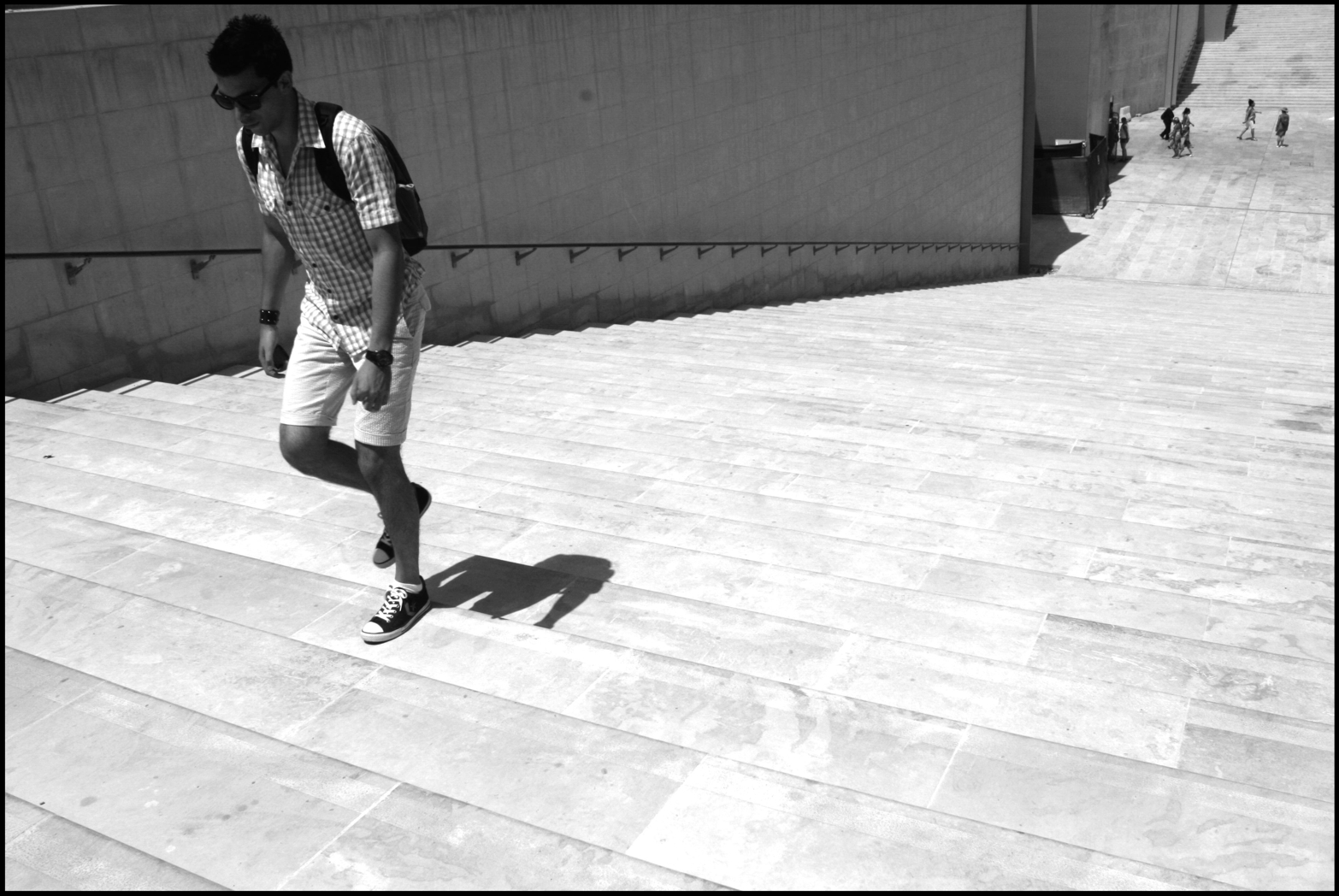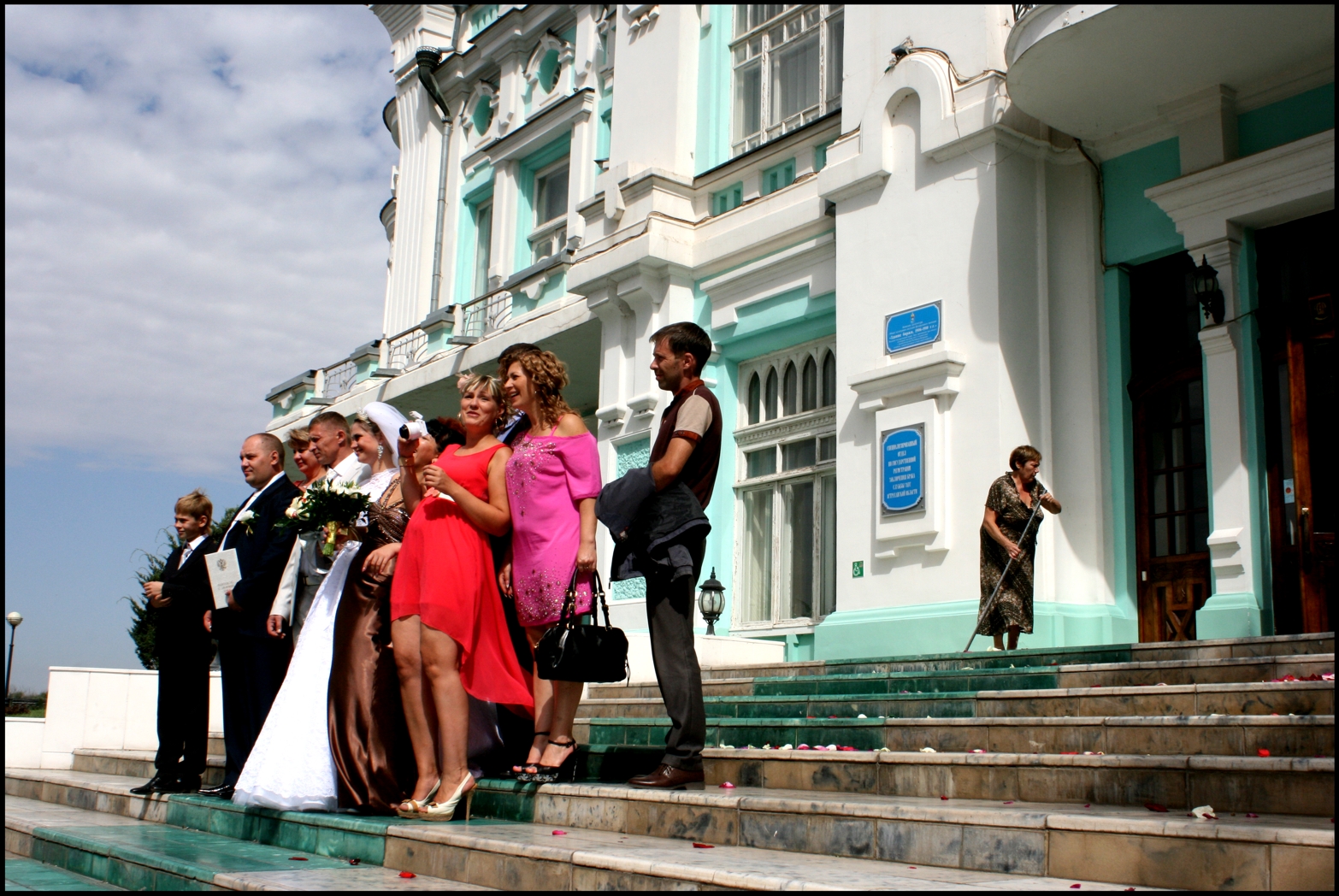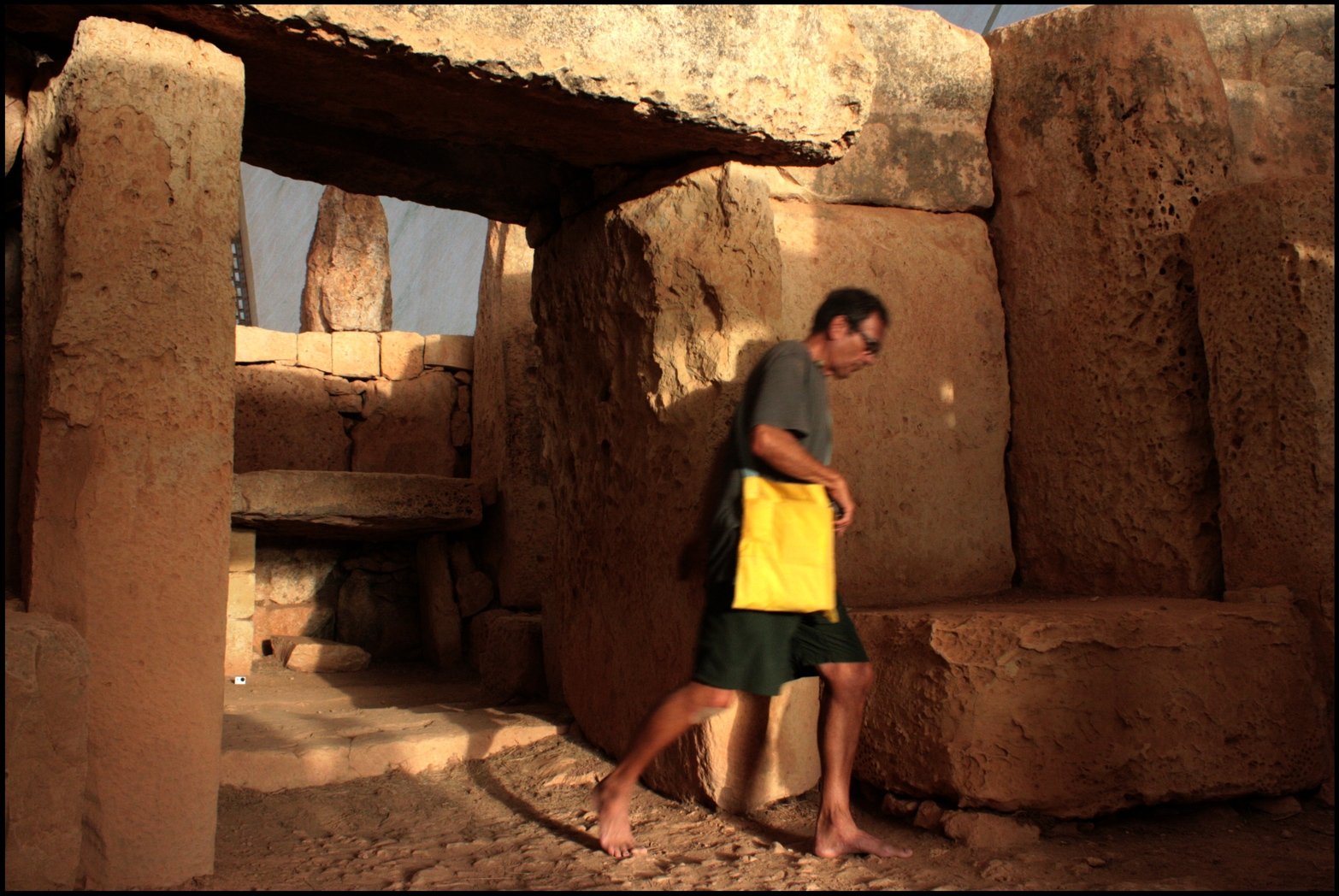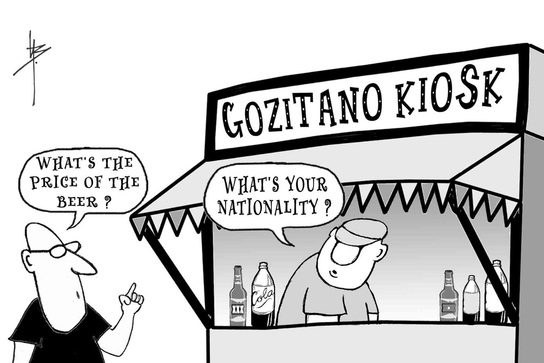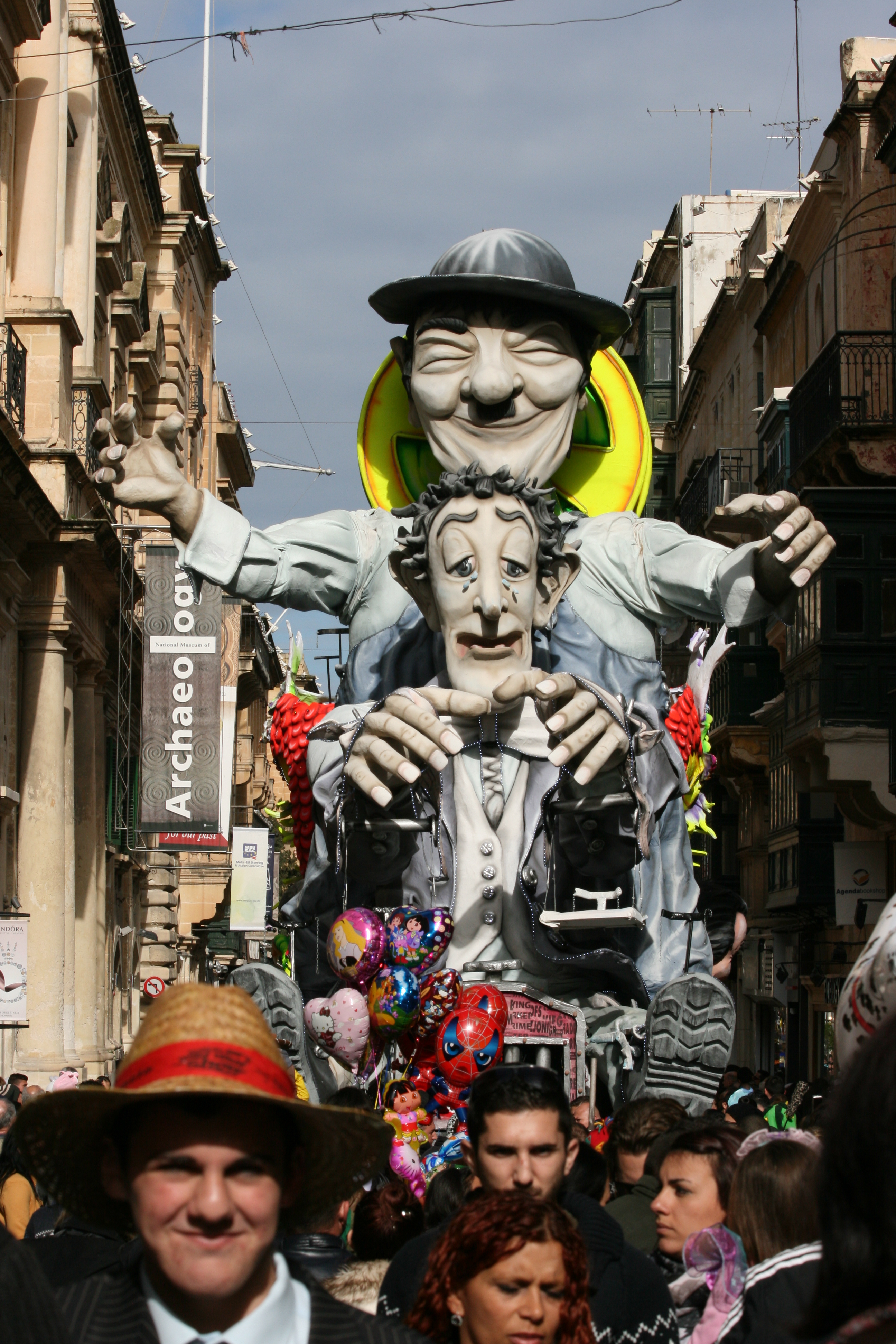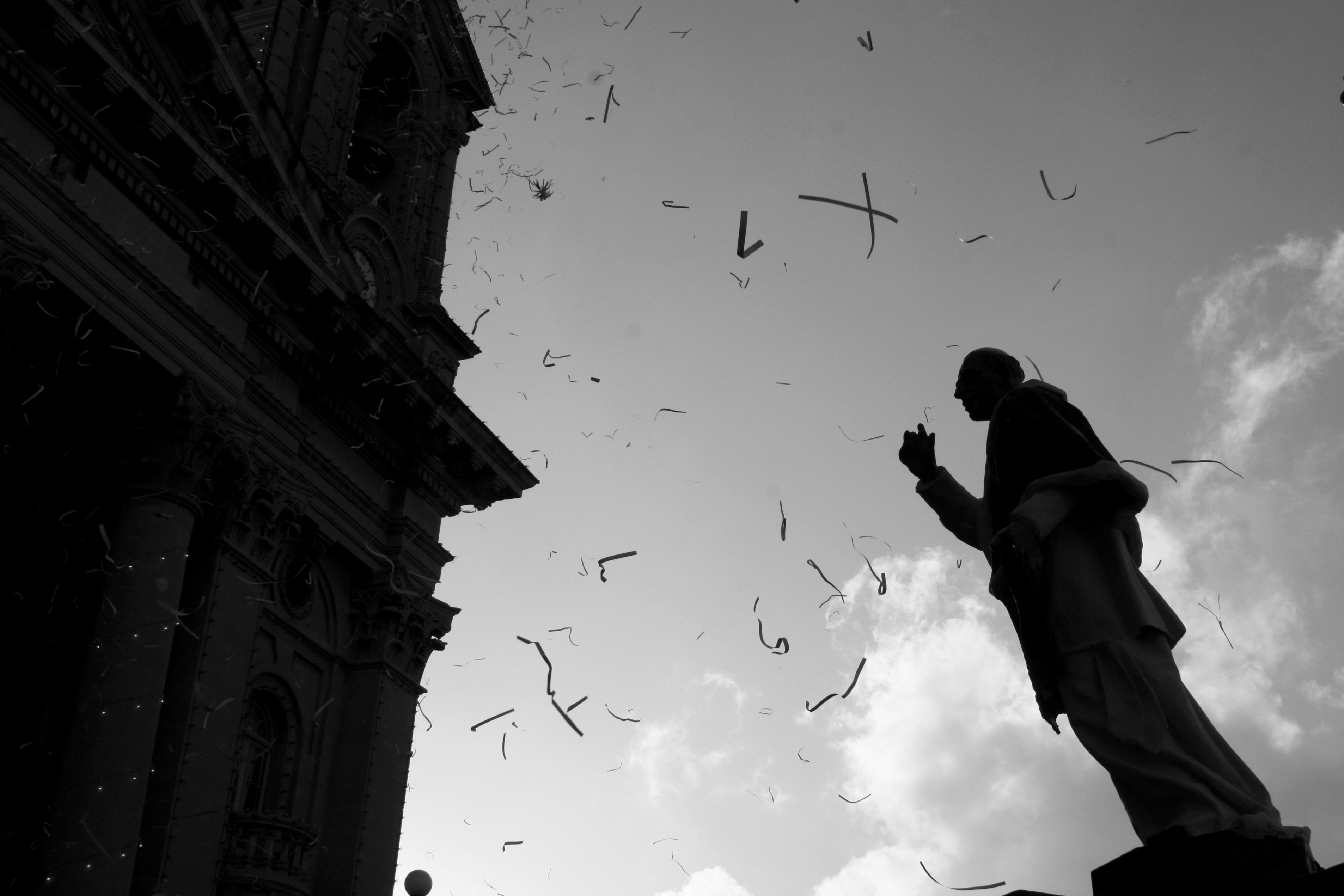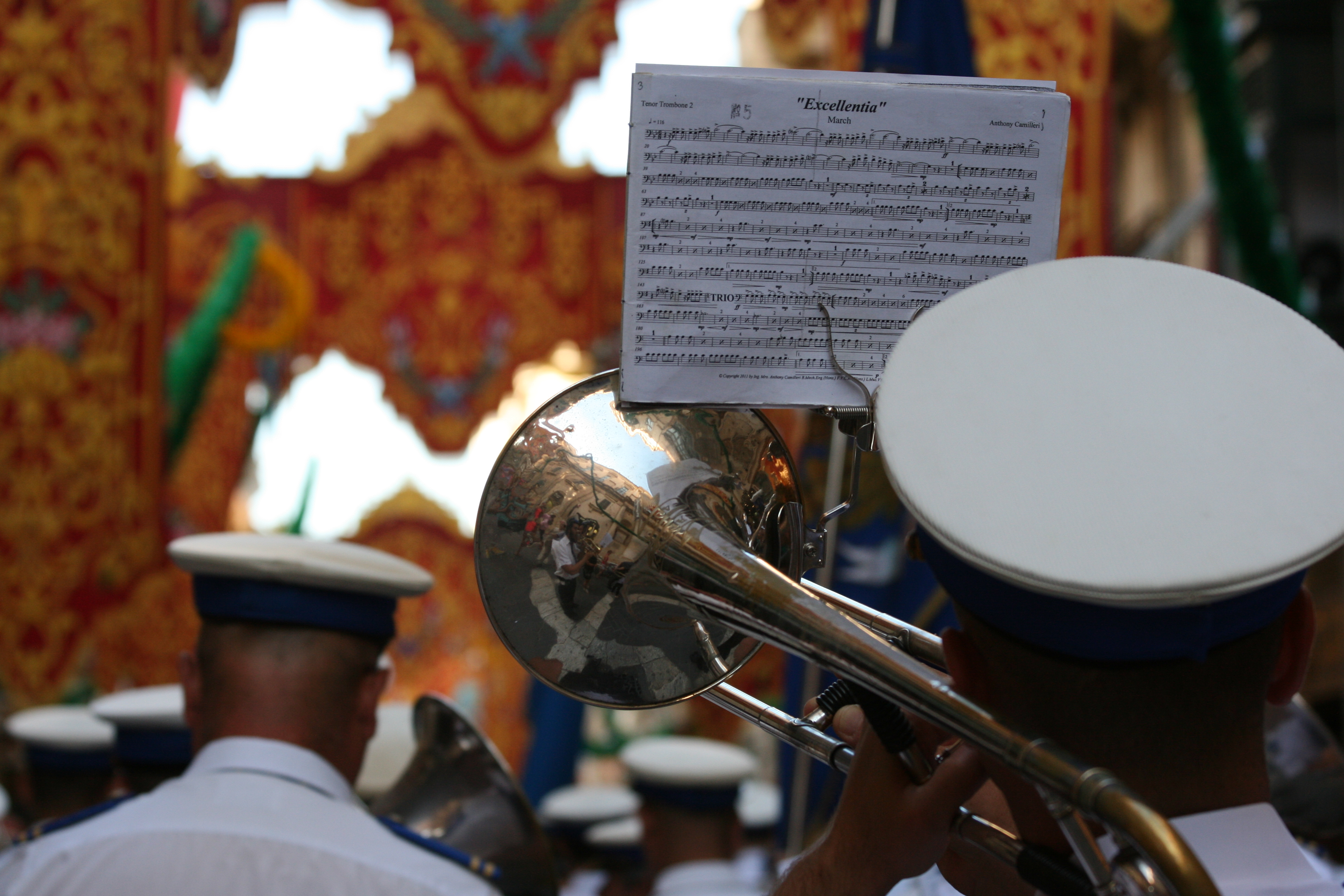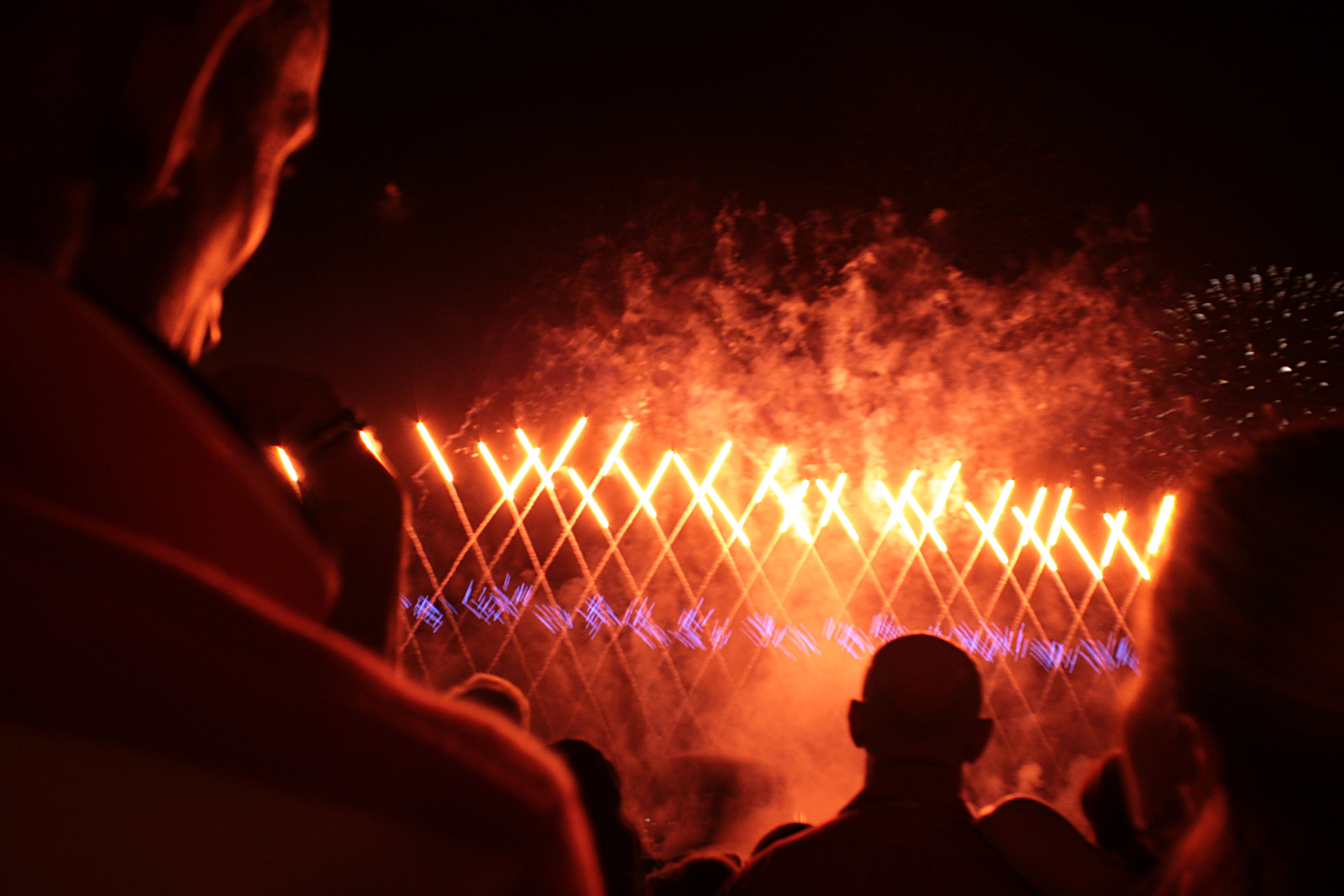
This is a non-serious yet quite realistic scope of Maltese society. Choose the bubble that ticks most boxes for you and read the description at the bottom of the page :). Please remember to laugh and not to take it all seriously.
Oo. Bubble 1 .oO
Political party: Labour/Nationalist.
Religion: Believer.
Interests: cars, family, fashion, local TV programmes, feast and other loud events, pop-music (preferably loud)
Attitude to immigrants/refugees: send them home!
Do you like Valletta City Gate project? Le ta.
How accepting you are of new bubble members? Jien naf!
Places to hang out: social media, bars, Paceville, Café del Mar.
How you see other bubbles: Mhux Maltin ta veru!
How other bubbles see you: try not to have much in common.
==========================================================
Oo. Bubble 2 .oO
Political party: Nationalist.
Religion: Agnostic/Believer
Interests: international politics, British/French literature, travels, fine dining (basically, everything what excludes interests of bubble 1).
Attitude to immigrants/refugees: not so much in favour but you keep it to yourself
Do you like Valletta City Gate project? Yes, about time we get a fine example of contemporary architecture.
How accepting you are of new bubble members? Only if they are born in the same bubble.
Places to hang out: art events, receptions, boutique launches, fine restaurants.
How you see other bubbles: plebs and peasants.
How other bubbles see you: uppers class snobs.
==========================================================
Oo. Bubble 3 .oO
Political party: floating voter/Alternattiva Democratica
Religion: Never!
Interests: blaming religion for all world’s disasters, astronomy, non-fiction or comic books, action movies or true stories, vintage rock music (all wrapped in “Science will save the world!”).
Attitude to immigrants/refugees: Generally favourable. If not, you still pretend it’s favourable.
Do you like Valletta City Gate project? Never, it is ugly!
How accepting you are of new bubble members? If they are ready to bitch about church, they are very welcome!
Places to hang out: mostly in front of PC, trying to solve world’s problems by arguing with idiots on social networks.
How you see other bubbles: morons!
How other bubbles see you: with caution.
==========================================================
Oo. Bubble 4 .oO
Political party: Alternattiva Democratica
Religion: Not particularly but Buddha sounds like a nice guy.
Interests: Environment, human rights, green politics, organic/vegetarian/vegan food, meditation, a joint once in a while.
Attitude to immigrants/refugees: Very favourable! The world is one and we need to help less fortunate ones!
Do you like Valletta City Gate project? Generally yes, but we need more open and green spaces.
How accepting you are of new bubble members? They are welcome; we need more like-minders.
Places to hang out: Gugar, Juuls, Happy Days, reggae parties, indie film, literature and ethnic festivals.
How you see other bubbles: ignorant plebs and slaves of capitalism.
How other bubbles see you: annoying hippies.
==========================================================
Oo. Bubble 5 .oO
Political party: Alternattiva Democratica
Religion: No.
Interests: Visual and performance art, architecture, arthouse films, smart TV series, personally styled clothes, geek books and other stuff that makes no sense to other bubbles.
Attitude to immigrants/refugees: Favourable.
Do you like Valletta City Gate project? Very much so.
How accepting you are of new bubble members? Generally accepting but let’s keep the number low: we feel more special being a minority.
Places to hang out: Gugar, St. James Cavalier, Blitz, I’Ingliz bar, indie film, literature and ethnic festivals.
How you see other bubbles: uncultured shallow plebs with no sense of aesthetics.
How other bubbles see you: deny your existence.
==========================================================
Oo. Bubble 6 .oO
Political party: Liberal something.
Religion: No, but Krishna sounds cool.
Interests: LIFE! Good music, good entertainment, good company, diving, climbing, adventures.
Attitude to immigrants/refugees: Favourable.
Do you like Valletta City Gate project? Yeah, nice.
How accepting you are of new bubble members? Our bubble sustains on new members.
Places to hang out: St. Julians, Paceville, boat parties, Café del Mar, live music concerts.
How you see other bubbles: know nothing about them. If they aren’t with us, they must be boring.
How other bubbles see you: unaware of your existence.
Bubble 1:
Congratulations! You belong to the most numerous bubble of “Typical Maltese” (or a “Typical Gozitan”) whatever it means :). Your preferences are main-stream to the bone. Regardless of your educational level, you care little about such useless things as classic literature, philosophy, art and other cultural aspects (or, in short, areas that are not connected to your money-earning routine).
Bubble 2:
Congratulations! You are so-called “Tal-pepe”, a well-mannered individual, familiar with dining etiquette, often mistaken for a snob. You strive not to mix with Bubble 1 and even speak Maltese with English accent to scare them off. With your good education, good taste and style, family traditions and high status, you make sure others understand they can’t imagine they are your equal.
Bubble 3:
Congratulations! Most likely, you are a member of Malta Humanist Association. You see yourself as hope and future of the Maltese nation. With all your devotion to humanism, science and politics you lack awareness and appreciation of art in all its forms and ways. If something is not linked to Dawkins, Hitchens, Sagan or another scientific dude, then it’s worthless rubbish (exception made for superheroes, they are cool!).
Bubble 4:
Congratulations! You are an environmental activist. Your bubble is pretty much international. You are a politically aware, thinking and socially responsible individual which hopes (and works for) to make the world a better and fairer place. Most likely, you are a member of an environmental NGO. Others see you as a weirdo and a dreamer, and for that reason you have no other choice but to stick to your bubble.
Bubble 5:
Congratulations! Together with bubble 4, you belong to the minority of thoughtful individuals. You are artistic or have a deep appreciation and understanding of art (also, you might have none of these but just want to hang around cool people). You and other bubble members are not so easily approachable what makes it rather difficult to penetrate into your bubble.
Bubble 6:
Congratulations! Most likely, you are a foreigner or a rare example of Maltese who do not keep to bubbles, do not care for ideology and do not hold to roots. You live somewhere around Sliema/St. Julians/Gzira/Msida, love life, dedicate some time (but not a lot) to thinking and ready to leave Malta in a minute if a better opportunity crops up.
Didn’t find your bubble in this scope? Define it yourself 🙂







